
Succulents in Landscaping: Future Trends for Outdoor Spaces
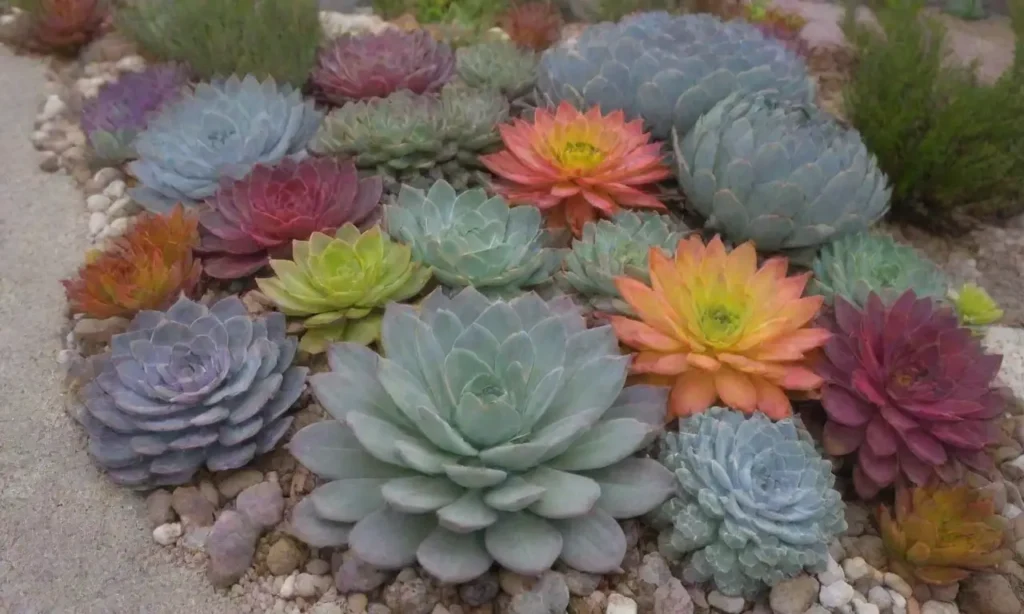
Introduction
In recent years, the world of landscaping has witnessed a significant shift, with succulents emerging as a prominent choice for outdoor spaces. These resilient, low-maintenance plants not only add aesthetic value to gardens and yards but also offer a plethora of environmental benefits. As global emphasis on sustainable practices increases, the use of succulents in landscaping represents a forward-thinking trend aligned with eco-friendly landscaping.
This article delves into the current trends surrounding succulents in landscaping, exploring their various applications, maintenance aspects, and future possibilities. Additionally, we will address the advantages of incorporating succulents into outdoor environments, while providing practical tips for enthusiasts looking to transform their spaces with these fascinating plants.
The Popularity of Succulents in Landscaping
Succulents have grown in popularity for a multitude of reasons, particularly their drought-resistant nature and unique visual appeal. Ethnobotanists and landscape designers alike have recognized that these striking plants can help reduce water consumption significantly compared to more traditional garden choices. With climate change making water conservation increasingly essential, many homeowners and landscapers are turning toward succulents not just for their beauty but for their ability to thrive in arid conditions.
Moreover, succulents come in a stunning array of shapes, colors, and textures, allowing homeowners to create visually captivating landscapes. From the vivid greens of Echeveria to the enchanting blues of Agave, the aesthetic diversity offered by succulents makes them a versatile choice for various landscaping themes, from modern minimalist designs to more tropical, lush aesthetics. Their distinctive forms can also serve as focal points in gardens, breaking up the monotony often found in conventional plant selections.
Regional adaptability is another reason succulents are trending in landscaping. These plants can thrive in a variety of climates, making them an appealing option for homeowners across different geographical regions. They can be grown in USDA hardiness zones as low as 3 and as high as 11, making their application in landscaping a truly global phenomenon. As homeowners increasingly seek to personalize their outdoor spaces, the flexibility of succulents has made them a favorite among both amateur and seasoned gardeners.
Eco-Friendly Benefits of Succulents
One of the most compelling reasons for incorporating succulents into landscaping is their environmental sustainability. Given that these plants store water in their leaves, stems, and roots, they require far less irrigation than conventional plants. The incorporation of succulents promotes water conservation, making them an ideal choice for areas prone to drought or water restrictions. By utilizing these resilient plants, homeowners can maintain beautiful landscapes while significantly reducing their water consumption, aligning their gardening practices with modern environmental values.
In addition to conserving water, succulents can play a crucial role in erosion control and improving soil health. Their extensive root systems can stabilize soil, preventing erosion on slopes and promoting greater water retention within the soil. This is particularly beneficial in regions with sandy or loose soil types, where traditional plants might struggle to establish themselves. Furthermore, succulents can contribute to soil biodiversity, as their adaptations often support beneficial insects and microbial life that improve overall soil health.
 Future Trends in Container Gardening with Succulents Ahead
Future Trends in Container Gardening with Succulents AheadNotably, the eco-friendly characteristics of succulents extend beyond their irrigation needs. Many succulent species serve as natural habitats for local wildlife, supporting pollinators such as bees and butterflies. Gardeners can help foster a local ecosystem by planting native succulent species alongside other pollinator-friendly plants, creating diverse habitats that promote overall biodiversity in their landscapes.
Creative Applications of Succulents in Landscaping

As landscaping trends evolve, the creative applications of succulents have reached new heights. These plants can serve as the foundation for innovative landscape designs, ranging from vertical gardens to edible arrangements. Landscape designers are increasingly using succulents to execute living walls, which not only add a striking visual appeal but also promote improved air quality through their natural filtration properties. A living wall is typically designed using a variety of succulent species in a modular system, allowing for a sustainable and stunning green feature in both residential and commercial spaces.
Furthermore, gardeners are capitalizing on the versatility of succulents by incorporating them into hardscape features. Imagine pathways lined with striking succulents, seamlessly integrated into the surrounding stone or gravel. This juxtaposition of hard and soft elements creates a visually captivating approach to landscaping. Such designs can reduce the need for additional irrigation, showcasing how succulents can enhance the overall sustainability of a space.
Another creative avenue for incorporating succulents in landscaping is through the establishment of succulent gardens. Homeowners can curate their personal gardens filled with a variety of species and mixes to suit their tastes. These gardens can incorporate unique elements such as rock gardens or xeriscapes, which effectively require minimal water and maintenance, providing even the most novice gardener with the opportunity to create a thriving outdoor space.
Maintenance and Care of Succulents
While succulents are renowned for their low-maintenance requirements, they still benefit from mindful care and consideration. To thrive, succulents need well-draining soil and should be planted in areas with ample sunlight, as most species prefer full sunlight for at least six hours a day. This can often be achieved by positioning potted succulents on patios, balconies, or in sunny garden beds, maximizing their growth potential with proper exposure.
Watering is another crucial aspect of succulent care. Typically, it is best to water these plants infrequently, allowing the soil to dry out completely between sessions. This entails understanding the unique water requirements of the different species in your collection, as some may be slightly more drought-tolerant than others. Over-watering can lead to root rot, which is one of the most common issues succulent enthusiasts face. By implementing a "soak and dry" watering technique and ensuring proper drainage in pots and garden beds, gardeners can foster healthy succulent growth for years.
 Innovative Potting Techniques: What's Next for Succulent Care?
Innovative Potting Techniques: What's Next for Succulent Care?Fertilizing succulents is also important, albeit less frequent compared to other plants. Applying a diluted, balanced fertilizer during the growing season can support optimal growth. Typically, this would occur in the spring and summer months when succulents are actively growing. It is advisable to consult specific species requirements for the best fertilization strategy and results.
The Future of Succulents in Landscaping
As we look to the future, succulents are poised to become an even more prominent fixture in landscaping design. The ongoing efforts towards sustainability, as well as the rising interest in native plants and ecosystem restoration, position succulents as a viable choice for those aiming to create beautiful outdoor spaces that are in harmony with their environment. Innovative trends like urban gardening, community gardens, and homesteading will likely contribute to the growing acceptance of succulents within public and private outdoor spaces alike.
Technological advances also play a significant role in the efficient integration of succulents within landscaping. Digital tools and apps that assist gardeners in determining local climate needs, while tracking watering schedules, can enhance the experience of succulent gardening. Additionally, advancements in breeding and propagation techniques may lead to a broader selection of heat- and drought-tolerant varieties, further expanding their range in landscaping applications.
In our evolving climate, the ability of succulents to thrive in less-than-ideal conditions will inspire both gardeners and designers to push the boundaries of traditional landscaping practices. We may see succulents utilized in experimental architecture, green roofs, and as urban beautification projects, all fueled by the drive to engage with nature in ways that respect and protect our planet.
Conclusion
In summary, the rising trend of incorporating succulents in landscaping reflects an important shift towards greater sustainability and creativity in outdoor spaces. With their unique beauty, environmental benefits, and versatility, succulents have carved a niche for themselves within the realm of horticulture. As we embrace more sustainable practices and seek to create visually stunning landscapes, the future of succulents is bright and holds immense potential.
By understanding their unique characteristics and care requirements, gardeners can harness the power of succulents to enhance their outdoor spaces while contributing to broader ecological goals. Whether making a bold statement with striking colors and shapes or preserving the delicate balance of local ecosystems, succulents represent a powerful trend in landscaping that seamlessly blends beauty with practicality.
Thus, as we move forward, succulents will undoubtedly continue to inspire and transform outdoor environments, and their role in landscaping will only grow stronger. Whether you are a seasoned gardener or an enthusiastic beginner, now is the perfect time to explore the diverse world of succulents and join the movement towards flourishing, sustainable outdoor spaces.
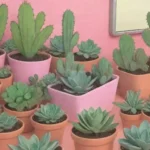 Remote Gardening: Succulent Care with Future Technologies
Remote Gardening: Succulent Care with Future TechnologiesIf you want to read more articles similar to Succulents in Landscaping: Future Trends for Outdoor Spaces, you can visit the Future trends in succulents category.

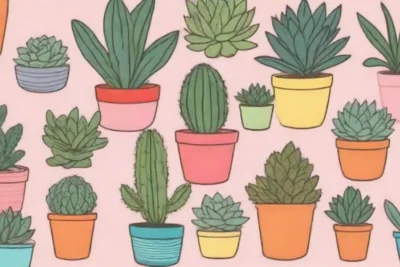
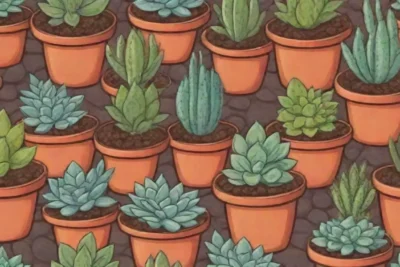
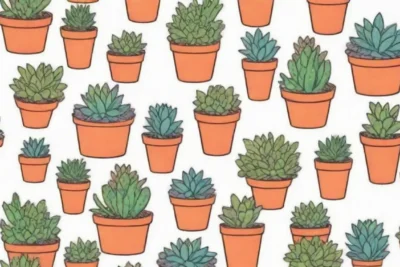
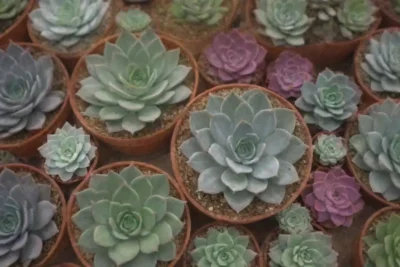
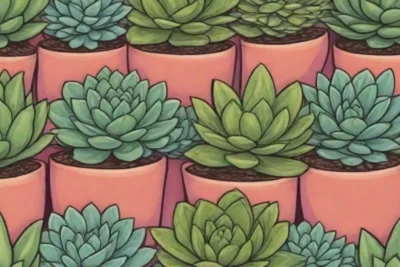
You Must Read